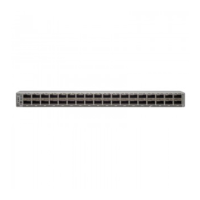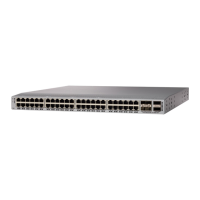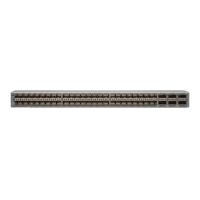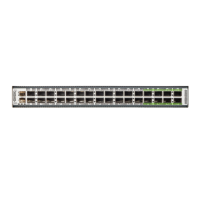DoneChecklist
Verify that the vPC peer link is configured as a Layer 2 port channel trunk that allows only
vPC VLANs.
Verify that the vPC number that you assigned to the port channel that connects to the
downstream device from the vPC peer device is identical on both vPC peer devices.
If you manually configured the system priority, verify that you assigned the same priority
value on both vPC peer devices.
Check the show vpc consistency-parameters command to verify that both vPC peer devices
have identical type-1 parameters.
Verify that the primary vPC is the primary STP root and the secondary vPC is the secondary
STP root.
Verifying vPCs Using the CLI
To verify vPCs using the CLI, perform one of these tasks:
PurposeCommand
Verifies the vPC configuration.show running-config vpc
Checks the status of the vPCs.show vpc
Checks the status of the vPC peer-keepalive link.show vpc peer-keepalive
Verifies that the vPC peers have the identical type-1
parameters.
show vpc consistency-parameters
Displays detailed technical support information for
vPCs.
show tech-support vpc
Verifies that the members in the port channel are
mapped to the vPC.
show port-channel summary
Verifies that the following STP parameters are
identical when STP is enabled:
•
BPDU filter
•
BPDU guard
•
Cost
•
Link type
•
Priority
•
VLANs (PVRST+)
show spanning-tree
Cisco Nexus 9000 Series NX-OS Troubleshooting Guide, Release 7.x
46
Troubleshooting vPCs
Verifying vPCs Using the CLI
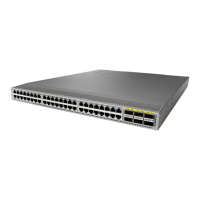
